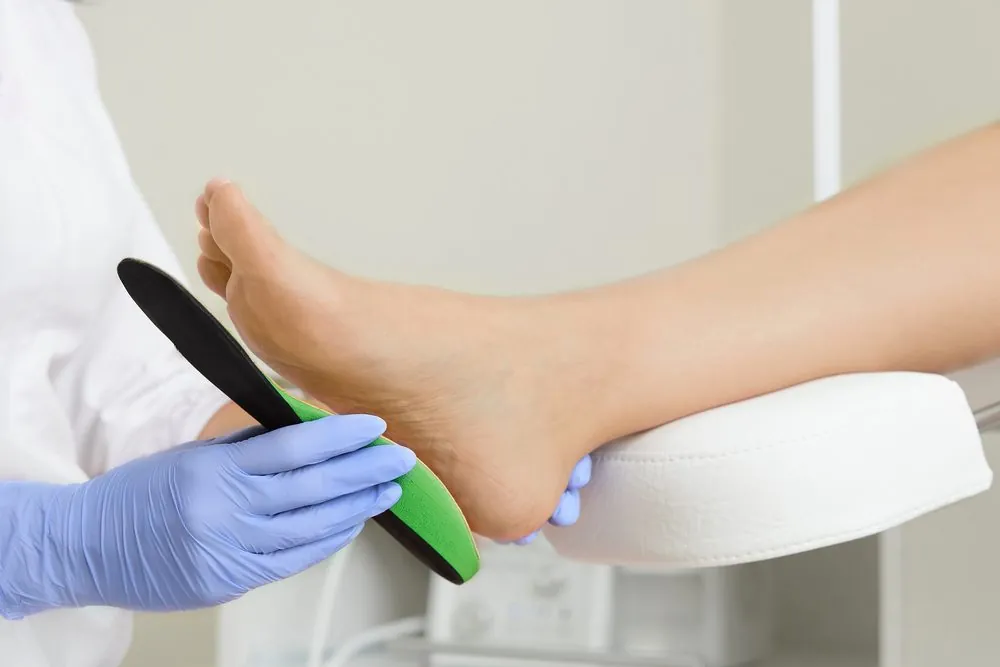Foot orthoses must be kept effective in all situations, as they are akin to extensions of your feet.
Typically, orthotics should last you about 5-10 years.
However, the lifespan of an orthotic insole depends on several factors, for instance: its quality and care.
Read on to learn 3 elements that can have an impact on the longevity of your foot orthoses.
Orthotics and lifestyle
The conditions under which you use your orthotics are crucial to their lifespan.
For example, an athlete who runs regularly will find that their orthotics wear out faster than a sedentary person.
The same applies to insoles worn in high-heeled shoes.
As such, there are different types of orthotics designed to accommodate different lifestyles:
- Rigid orthotics: These are more suitable for severe foot deformities that cause pronation, such as flat feet.
- Semi-flexible orthotics: Their rigid base allows them to perform the function of balance control while remaining flexible enough not to limit the natural cushioning capacity of the foot.
- Flexible orthotics: This type of corrective insole is used to help distribute the weight on the surface of the foot. Soft insoles can alleviate certain limitations associated with diabetic and arthritic feet.
The quality of insoles
The manufacturing quality of the orthotic also influences its durability.
As a rule, a prefabricated orthotic is not as durable as a custom-made one.
However, depending on your plantar condition, it is likely that an over-the-counter insole may suit you just fine.
The prefabricated kind offers the following advantages:
- It is quick and easy to obtain from a large specialty store;
- It is usually inexpensive;
- No professional consultation is necessary prior to purchase.
Standard orthoses may be suitable for mild pain.
However, they are not adapted for all types of feet, so it is important to be vigilant before you acquire them.
If you have a plantar condition that requires you to wear foot orthoses, you should instead prioritize a custom-made corrective insole.
Here are some of their key features:
- They are perfectly fitted to the shape of the feet;
- If the shape of the feet changes, they can be readjusted;
- With good care, they can last up to 10 years.
If you do not know which type of orthotics is best suited for your condition, you can always contact a podiatrist.
Using a variety of diagnostic tools, such as a biomechanical exam and postural assessment, they can determine the effect your plantar condition has on the rest of your body.
Maintaining your orthotics
It is essential to carefully maintain your orthotics if you want to keep them for a long time.
As they are exposed to impacts, sweat, and temperature fluctuations, they require a good cleaning routine.
This simple care process will help keep your orthotics in good condition:
- Pull the insoles out of your shoes;
- Dry your shoes and socks, if necessary;
- Clean your insoles with a cloth soaked in lukewarm water and mild soap;
- Allow your insoles to air dry;
- Clean the inside of your shoes before inserting your insoles.
PiedRéseau helps you benefit from long-lasting foot orthoses
Finding and choosing the right insoles for your feet can be an overwhelming task.
Fortunately, PiedRéseau podiatrists can help you make the right choice.
Thanks to modern equipment like 2D / 3D scanning, they are able to offer you a perfectly customized orthotic.
Are your foot orthoses deteriorating too quickly? Let your PiedReseau podiatrist find out what’s going on.

